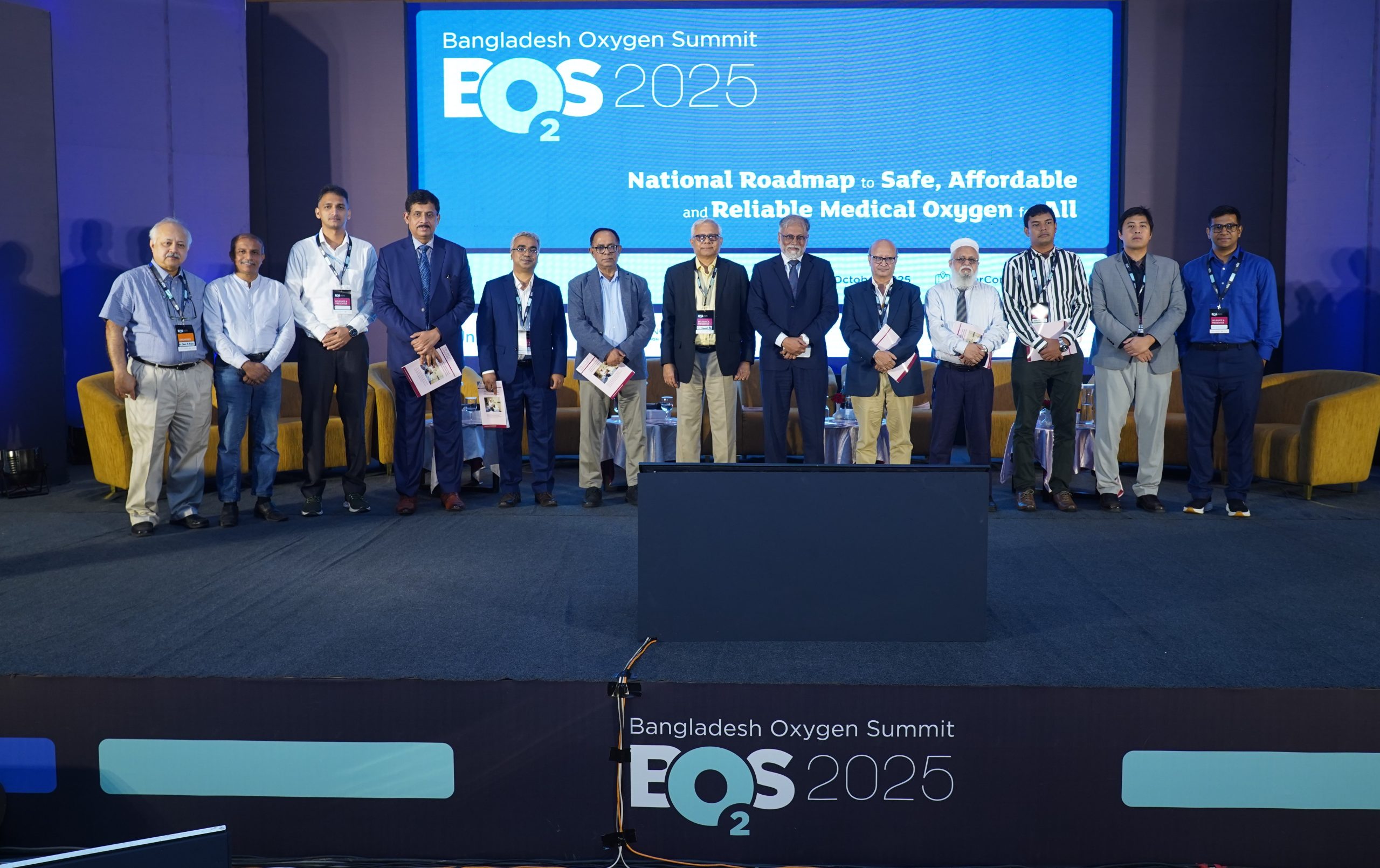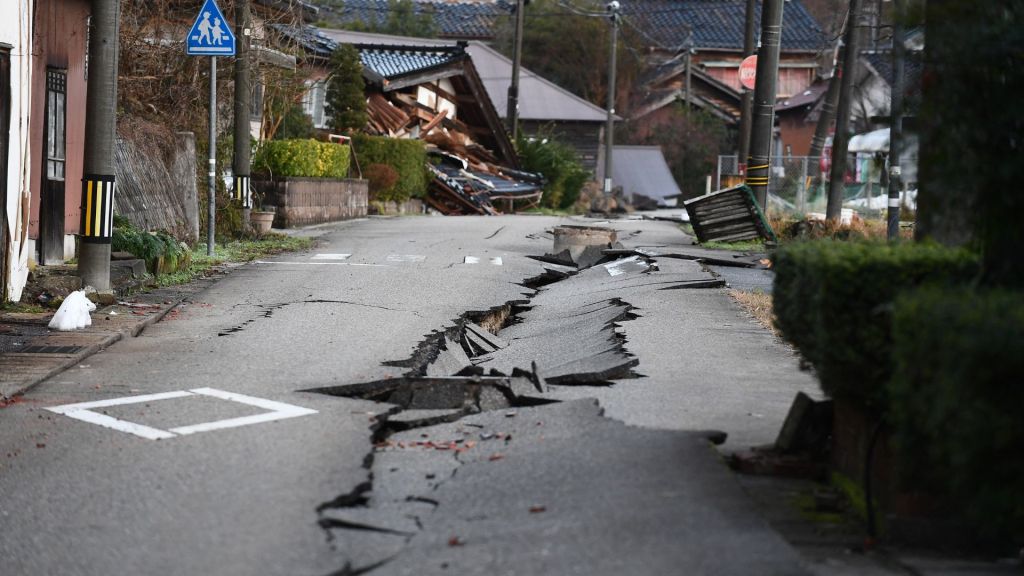Safe Oxygen for All: Strong Call at Bangladesh Oxygen Summit

To ensure that every person in Bangladesh can access oxygen safely and efficiently for medical treatment, the “Bangladesh Oxygen Summit 2025” held in Dhaka called for stronger governance and sustainable investment. The government announced that a national oxygen network will soon be established.
Urgency to Make Oxygen a Central Priority in Healthcare
The summit emphasized that ensuring safe and affordable oxygen for all requires robust governance and greater investment.
Organized by icddr,b at the InterContinental Hotel in Dhaka, the event brought together policymakers, scientists, doctors, government officials, and development partners.
The central theme of the conference was “A National Roadmap for Safe, Affordable, and Reliable Medical Oxygen for All.”
Its goal was to formulate a unified action plan to ensure oxygen availability even in Bangladesh’s most remote regions.
Chief Guest and Research Background
The chief guest, Professor Dr. Md. Saiyadur Rahman, a Special Assistant (ranked as a State Minister) at the Ministry of Health, attended the event.
The opening speech was delivered by Dr. Shams El Arifeen, Senior Scientist at icddr,b and one of the authors of The Lancet Global Health Commission on Medical Oxygen Security.
This Commission was established in 2022, following a research initiative led by Dr. Ahmed Ehsanur Rahman. It currently comprises 18 experts and 40 advisers from various countries and sectors, all working together to prevent oxygen shortages during global health crises, such as pandemics.
Global Picture: Death Risks from Oxygen Shortage
According to the Commission’s analysis, around 373 million people worldwide need medical oxygen each year —
• 105 million for acute illness,
• 259 million during surgical operations, and
• 9 million for long-term treatments.
However, 80% of those in need live in low- and middle-income countries.
Hypoxemia (low oxygen in the blood) increases the risk of death fivefold, yet many patients fail to receive oxygen when required.
Although the World Health Organization (WHO) has declared oxygen an essential medicine, its availability remains profoundly unequal.
Bangladesh’s Situation and Challenges
Research by icddr,b found that while Bangladesh has made progress in setting up PSA (Pressure Swing Adsorption), VSA (Vacuum Swing Adsorption), and VIE (Vacuum Insulated Evaporator) oxygen plants, there are still systemic weaknesses in operation and maintenance.
A survey of 99 health facilities revealed technical faults, shortages of human resources, and managerial inefficiencies.
The study recommended:
• Investment in biomedical workforce development
• Decentralized repair and maintenance facilities
• Recognition of oxygen as a core public health service
It also called for a national roadmap to ensure a resilient and long-term oxygen supply system.
Government’s Position: Building a National Network
Professor Dr. Saiyadur Rahman said:
“There are still gaps in oxygen access, but the government is actively working to close them.
We are moving forward to establish a National Oxygen Network and officially recognize oxygen as an essential medicine.
Achieving self-sufficiency in medical oxygen is also a matter of national security.”
Need for Good Governance, Investment, and Sustainable Solutions
Dr. Tahmeed Ahmed, Executive Director of icddr,b, said:
“Bangladesh has made substantial progress in oxygen production, but without good governance and sustainable investment, this progress won’t last.
Governance in oxygen systems can mean the difference between life and death.
Therefore, evidence-based policy and continuous investment in research are essential.”
Dr. Abu Zafar, Director General of the Directorate General of Health Services (DGHS), added:
“Oxygen is not just a commodity—it is a public service.”
He also highly praised icddr,b’s contribution to oxygen research.
Scientific Sessions and Innovation Showcase
The conference featured four scientific sessions on:
- Oxygen demand and supply
- Production and distribution systems
- Policy and investment priorities
- Innovations for sustainable solutions
Representatives from the DGHS, Bangladesh Bureau of Statistics, UNICEF, UNOPS, World Bank, ADB, and the private sector took part.
In the closing segment, locally developed innovations were showcased—
Bubble CPAP, OxyJet, Nishshash ventilator, and low-cost oxygen concentrators—technologies that can save lives in resource-limited settings.
Oxygen and the SDGs: Central to Sustainable Development
Experts noted that access to oxygen plays a central role in achieving eight of the UN Sustainable Development Goals (SDGs)—
Including maternal mortality (3.1), newborn mortality (3.2), communicable diseases (3.3), mental health (3.4), road accidents (3.6), and universal health coverage (3.8).
Supported by The Lancet Global Health, Every Breath Counts, and UNITAID, the summit concluded with a joint declaration:
“Medical oxygen is not just a medicine—it is a human right.”
Participants agreed that equitable access to oxygen is essential not only for the stability of health systems but also for Bangladesh’s preparedness against future crises.
#BangladeshOxygenSummit #ICDDRB #MedicalOxygen #HealthPolicy #SarakhonReport






















